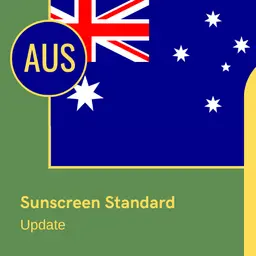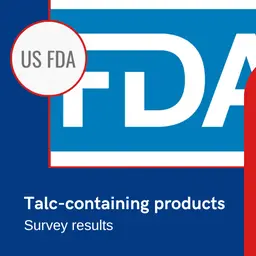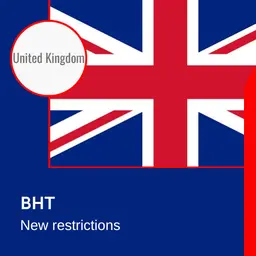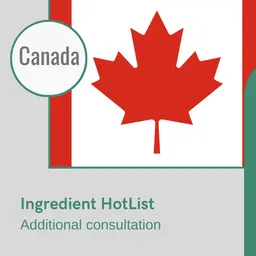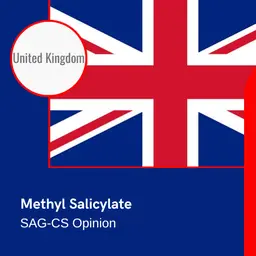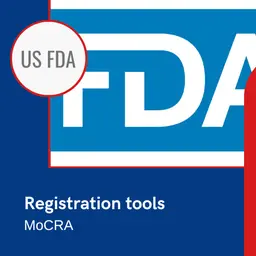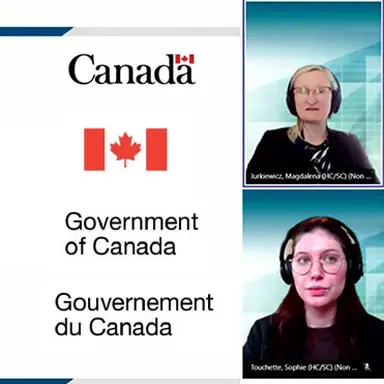
With a market value of 12.5 billion Canadian dollars (over 8 billion euros) in 2022, the Canadian market is not to be overlooked, especially as it is relatively easy to access. But beware: the regulations that have been firmly in place for years are about to change. At the Regulatory Congress organised by Cosmed on 27 and 28 March 2024, Magdalena Jurkiewicz and Sophie Touchette from Health Canada’s Consumer and Hazardous Products Safety Directorate presented the current framework and upcoming developments.
The current regulatory framework
In Canada, cosmetics are subject to a number of laws and regulations:
• The Food and Drugs Act (F&DA)
• The Cosmetic Regulations (CR)
but also:
• The onsumer Packaging and Labelling Act (CPLA) and Regulations (for net weight declaration and false and misleading claims)
• The Canadian Environmental Protection Act (CEPA) (for new and existing cosmetic ingredients)
The Food and Drugs Act
It defines a cosmetic as “any substance or mixture of substances manufactured, sold or represented for use in cleansing, improving or altering the complexion, skin, hair or teeth, and includes deodorants and perfumes.”
It prohibits the sale of a cosmetic that:
• Has in or on it any substance that may cause injury to the health of the user
• Contains any “filthy or decomposed” substance or foreign matter
• Was manufactured, prepared, preserved, packaged or stored under unsanitary conditions
In terms of controls, it authorises inspectors to enter premises, take samples, seize products, etc.
The Cosmetic Regulations
It lays down a number of specific requirements for cosmetic products.
Importation
The product must comply with Canadian regulations, and may be examined (with samples taken) by a Health Canada inspector.
Labelling
It must include: …



